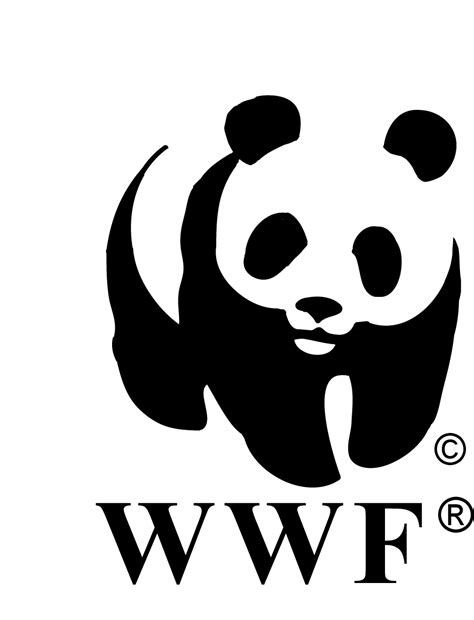What the World Wildlife Fund TV commercial - Polar Bears: Look Closely is about.
The World Wildlife Fund TV spot titled 'Polar Bears: Look Closely' is a powerful and poignant advertisement that aims to raise awareness about the plight of polar bears and the impact of climate change on their habitat.
The ad opens with a captivating image of a polar bear in its natural habitat, accompanied by an emotional voiceover that describes the beauty of these magnificent creatures. However, the ad quickly takes a sobering turn as it highlights the devastating impact of climate change on the polar bear population.
As the camera zooms in on the polar bear, viewers are asked to 'look closely' at the bear's fur, which is revealed to be made up of tiny ice crystals. The ad then shows footage of melting ice caps and rising sea levels, as well as the impact of oil drilling and pollution on the polar bear population.
Despite the somber tone of the ad, it ends on a hopeful note, encouraging viewers to take action to support the World Wildlife Fund's efforts to protect vulnerable species like the polar bear and address the urgent issue of climate change.
In conclusion, the 'Polar Bears: Look Closely' ad is a powerful and evocative message that effectively communicates the urgency of protecting our planet's delicate ecosystem. It serves as a reminder that we must all play a role in protecting our planet and the animals that call it home.
World Wildlife Fund TV commercial - Polar Bears: Look Closely produced for
World Wildlife Fund
was first shown on television on November 19, 2012.
Frequently Asked Questions about world wildlife fund tv spot, 'polar bears: look closely'
Polar bears are excellent swimmers, but their preferred habitat is on top of the ice that covers Arctic seas much of the year. That is where they mate, hunt and rear their young. Sea ice is vital to polar bears. It provides a platform for them to hunt, live, breed, and in some cases, create maternal dens.
Polar bears are stocky, with a long neck, relatively small head, short, rounded ears, and a short tail. The male, which is much larger than the female, weighs 410 to 720 kg (900 to 1,600 pounds). It grows to about 1.6 metres (5.3 feet) tall at the shoulder and 2.2–2.5 metres in length.
We support the identification and protection of important polar bear habitat (denning areas and movement corridors, seasonal feeding areas/times, and key resting areas during the ice free period).
Polar bears have white fur so that they can camouflage into their environment. Their coat is so well camouflaged in Arctic environments that it can sometimes pass as a snow drift. Interestingly, the polar bear's coat has no white pigment; in fact, a polar bear's skin is black and its hairs are hollow.
They inhabit both coniferous and deciduous forests, as well as open alpine habitats. They typically don't occur on the Great Plains or other wide-open areas, except along river courses where there is riparian vegetation and trees.
Polar bears and arctic foxes are adapted to the extreme weather of the Arctic region. Walruses and humpback whales live in the Arctic ocean. Several kinds of penguins, including the emperor penguin, live in Antarctica, and so do walruses and narwhals. The poles of the planet are places of extremes.
Polar bears have white fur so that they can camouflage into their environment. Their coat is so well camouflaged in Arctic environments that it can sometimes pass as a snow drift. Interestingly, the polar bear's coat has no white pigment; in fact, a polar bear's skin is black and its hairs are hollow.
Bears are found on the continents of North America, South America, and Eurasia. Common characteristics of modern bears include large bodies with stocky legs, long snouts, small rounded ears, shaggy hair, plantigrade paws with five nonretractile claws, and short tails.
Top 10 facts about polar bears
- Polar bears are classified as marine mammals.
- A polar bear skin is actually black.
- They can swim constantly for days at a time.
- Less than 2% of polar bear hunts are successful.
- Scientists can extract polar bear DNA from just their footprints.
- They face more threats than climate change.
Polar bears largely eat ringed and bearded seals, but depending upon their location, they may eat harp, hooded and ribbon seal. A 121-pound seal can provide 8 days worth of energy – but the bear needs to eat much more in order to store up reserves.
A polar bear's eyes are dark brown, set relatively close together, and face forward. The ears are small compared to those of other bears - an adaptation that enables them to conserve body heat.
Bears are found on the continents of North America, South America, and Eurasia. Common characteristics of modern bears include large bodies with stocky legs, long snouts, small rounded ears, shaggy hair, plantigrade paws with five nonretractile claws, and short tails.













